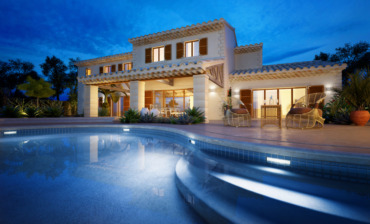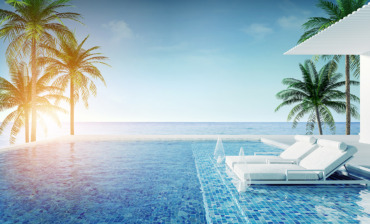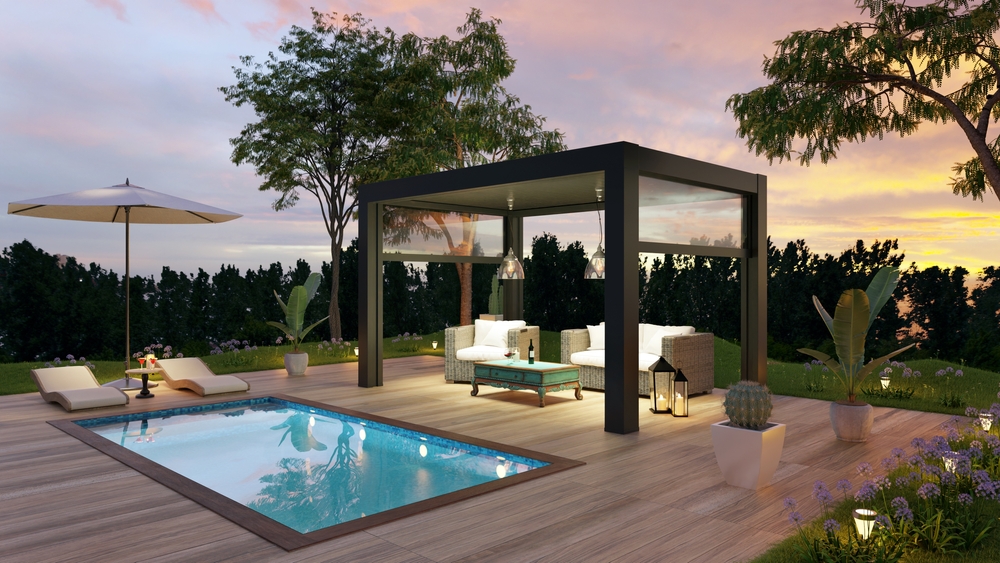 These days, you’d be hard-pressed to find an architect or custom home builder worth their salt who doesn’t begin the design process without first learning as much as possible about their client’s lifestyle habits and aspirations. Gathering such intelligence makes for a more open and productive relationship, fewer missed design opportunities and—in the end—a finished home that is precisely what the buyer had in mind, if not better.
These days, you’d be hard-pressed to find an architect or custom home builder worth their salt who doesn’t begin the design process without first learning as much as possible about their client’s lifestyle habits and aspirations. Gathering such intelligence makes for a more open and productive relationship, fewer missed design opportunities and—in the end—a finished home that is precisely what the buyer had in mind, if not better.
Needless-to-say, the same collaborative process should apply to swimming pool design and construction. Indeed, as you interview prospective candidates for the job of building your pool, be wary of any who make little or no effort to gather information about your lifestyle and how you hope the new swimming pool will enhance it.
For example, a detail as fundamental as your new pool’s shape could well be determined by how you plan to use it. Do you usually splash about for fun and relaxation? Or swim as part of a regular fitness routine? Or both? Needless-to-say, a pool designed primarily for fitness will look a lot different than one built strictly for play. At the end of the day, there are any number of ways to configure your pool’s shape based on how you respond to questions such as these.
Other questions a prospective pool builder should be asking you include (but are by no means limited to) the following:
- Do you have children, seniors, special-needs individuals, non-swimmers, pets, or any combination of these residing in your household?
Whether you swim for fun, fitness or physical therapy, being able to get in and out of your pool safely is an essential design feature that should be discussed early on, regardless of your physical capabilities. For ease of access by people with physical disabilities, there are permanent and portable lifts, ramps and other specialized means of access that can be incorporated into the design of the pool.
Next you will want to discuss the type of barriers that must be installed to prevent unwanted access to the pool—especially by toddlers, young children and household pets.
The proposed depth of your pool may also hinge on who is using it. This is an important conversation to have with each potential pool builder as you will want to discuss the proper mix of different depths that can be incorporated into the same pool.
Some homeowners with small children may opt for a “sunshelf”, an amply sized area only 3-5 inches deep that not only creates the ideal children’s play area but can also be enjoyed by adults who would rather lounge in shallow water rather than venture into the deep.
Meanwhile, pool safety barriers designed to prevent accidental drowning are required by statute in many states, including Florida. Therefore, each prospective pool builder should discuss the barrier requirements in your local jurisdiction, as well as how to make this mandatory safety feature as effective yet pleasing to the eye as possible.
- Will the pool be a prime focal point of your home or property

In places like Florida, where pools are intricately woven into our warm weather lifestyle, they are often encountered immediately upon entering the home. Frequently, the pool is only separated from the main living areas by sliding walls of glass that pocket away, effectively making it an extension of the room. Realizing that the pool will create a waterscape that can be seen from throughout the house may well influence the types of landscaping, lighting and decorative fixtures you choose to frame the new pool.
From a purely aesthetic point-of-view, the design of your new pool should probably mirror the style of your home. That is why contemporary homes often feature rectangular pools, while Grecian and Roman style pools are often paired with more classically designed homes. Free-form pools, on the other hand, are usually designed to blend in with the landscape and other natural surroundings.
- Will the pool be a frequent setting for gatherings of friends and family?
If you plan to frequently entertain poolside, you may want to consider adding an outdoor kitchen and covered dining area. Additionally, many of today’s pool designs include the option to add a hot tub, underwater benches for sitting or lounging, and more. To discourage wet feet, damp bathing suits and soggy towels from intruding into the house, you may also want to include a pool bath or an outdoor shower and changing area in your new pool’s master plan.
Remember, the company you select to build your pool is supposed to be an expert in pool design. Therefore, they should never be afraid to ask any question (within the bounds of propriety, of course) whose answer might enhance the final product. Although they may not ask the same questions as above, you should come away from the meeting with the general sense that they asked all the right ones. In the end, the answers you’ve provided should add up to a beautiful new swimming pool with your lifestyle written all over it.


Comments